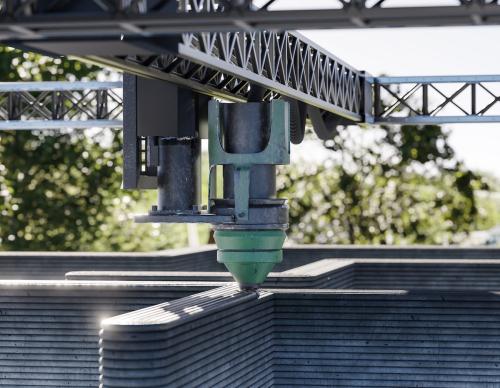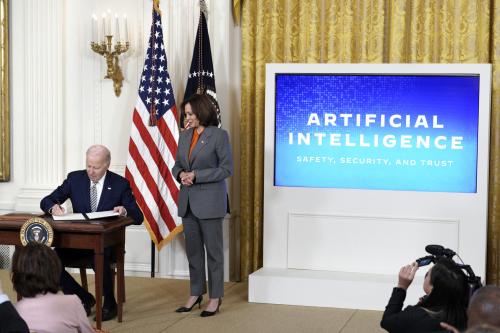Theodore Rockwell [“Radiation Chicken Little,” op-ed, Sept. 16] recalls a recent National Academy of Engineering “dirty bomb” drill as yet another piece of evidence that our fears of radiation are overblown. As a technical adviser to the drill’s designers, I understand Rockwell’s frustration. Radiation is not as dangerous as most people imagine.
Yet Rockwell’s own characterization of the dirty bomb threat is misleading. Most realistic assessments of dirty bomb dangers emphasize that few if any will die from an attack. Instead, the danger is long-term contamination, carrying with it social and economic costs. Rockwell dismisses such concerns.
First, he contends that we will insist upon “a hypothetical, squeaky-clean condition, scrubbing the ground and sidewalks down to far less than the natural radiation background of God’s good green Earth,” a constraint that he deems “inappropriate.” He is right that imposing strict EPA cleanup standards after a dirty bomb attack would, from a public health standpoint, be excessive. But easily imaginable dirty bomb scenarios would contaminate substantial areas to several hundred times those strict thresholds—and to 10 or more times the “natural radiation background” Rockwell cites.
Imagine a crude, inefficient dirty bomb using the amount of cesium found in an old Soviet radiation source, such as one of those your paper has reported are missing in Eastern Europe. If people did not leave the area permanently, and if the area surrounding the attack could not be cleaned up, one in 10 residents over an area of roughly 20 city blocks would die of cancer as a result of the attack—50 percent more than typically do. The radiation levels would be roughly 1,000 times higher than the EPA’s “squeaky-clean condition.”
Rockwell claims that “you would flush any residual radioactivity down the drain with hoses and be done with it.” But cesium chemically attaches to glass, concrete and asphalt—and it does so quickly. If done quickly, washing off sidewalks might remove half of the contamination, but removing the rest would require special chemical procedures or abrasive techniques, which would introduce major safety, logistics and cost challenges.
Nuclear power is also on Rockwell’s radar, and he is right to be incensed by “public interest” group claims that terrorists could turn nuclear power plants into “weapons of mass destruction”—they could do nothing of the sort. But Rockwell goes further, citing a Science article (which he co-wrote) as evidence that “one can do nothing to an American-type nuclear power plant or its fuel that would create a serious public health hazard.” That study has been widely disputed, including by Sandia National Laboratory, upon whose experiments the Science article was based. And the Science article never discusses attacks on stored fuel, probably the greatest worry of those who study power-plant vulnerability. It considers only attacks on fuel during shipment, while that fuel is heavily protected.
Rockwell is right that “if you tell people there is no danger, and they have no reason to disbelieve you, they will remain calm.”
But if you tell people there is no danger, and instead there is only a small one, they will lose faith, assume the worst and panic. The real dangers of dirty bombs and power-plant attacks are not nearly as horrific as many imagine. We should be able to calm people by simply telling them the truth.



Commentary
Op-edRadiation: The Real Deal
September 20, 2003